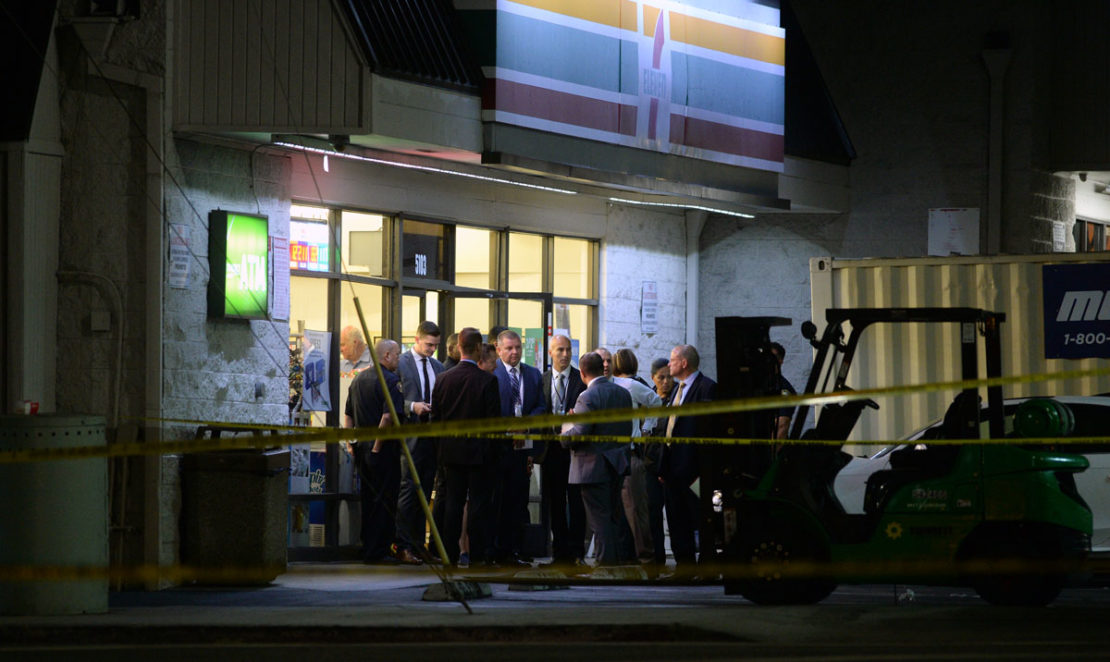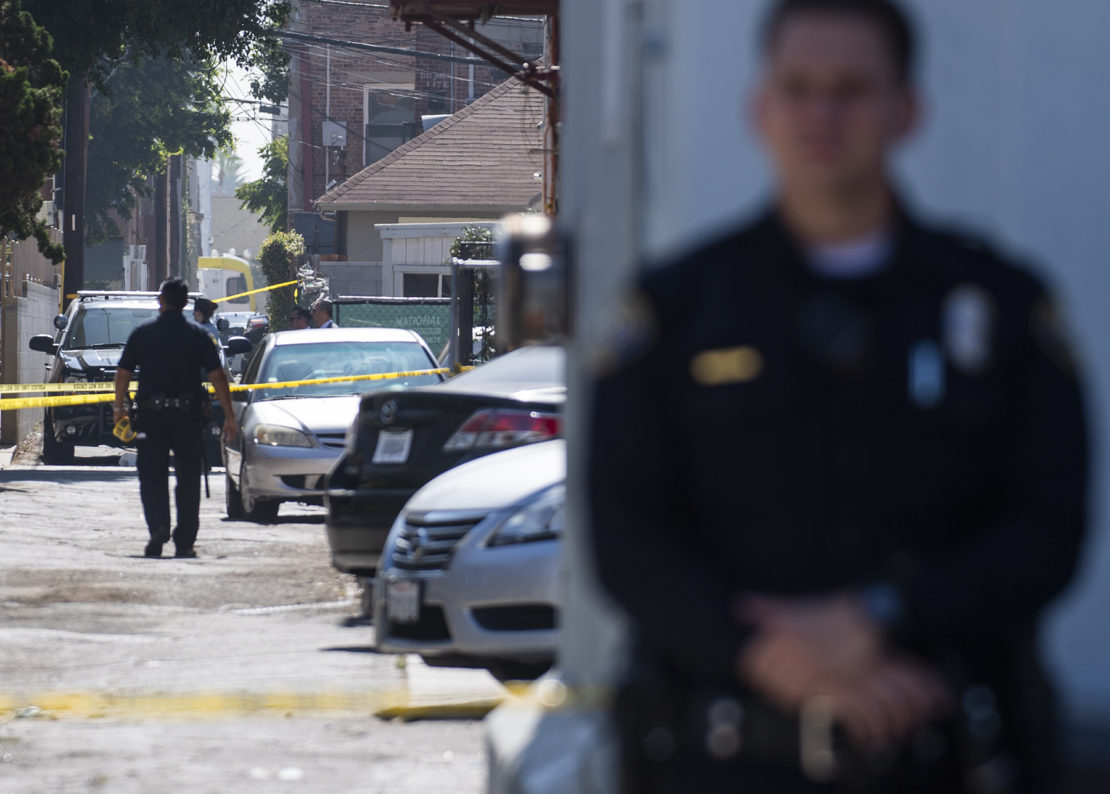In November, video was posted online of Long Beach police shooting and killing a masked 18-year-old moments after he pointed a weapon—which turned out to be a BB gun—at a convenience store clerk.
The footage itself was unique, but the outlines of the situation were familiar: Another video of a deadly police shooting.
It was one of many such clips ingrained in popular memory over the past decade, but there was something new about this one.
The video wasn’t caught by a bystander with a cellphone or forced out through litigation. It was one of the first videos revealed by the LBPD itself. The disclosure came thanks to a new state law that mandates departments proactively release footage of critical incidents like officer-involved shootings.

The new law, along with another mandating disclosure of confidential files about some misconduct, is a watershed change in California that came after years of increased scrutiny of police departments across the country.
Something changed over the last decade in just how much transparency is expected from law enforcement, something police themselves acknowledge.
“There’s a recognition that there’s certainly more scrutiny than ever and accountability, quite frankly, from the courts, the legislators and from the community as a whole on these critical incidents and on these uses of force,” LBPD Deputy Chief Alex Avila told the Post in October.

This year, a dollar figure demonstrated that heightened accountability when a jury awarded $9 million to the family of a mentally ill woman who was fatally shot by Long Beach police. It was the highest amount the city has ever been ordered to pay out in a police shooting case.
Broadly, the 2010s were a decade shaped by stories like the death of Laquan McDonald—a black teenager shot 16 times by a Chicago police officer who was convicted of murder only after a judge ordered video of the shooting be released to the public—and Eric Garner, who died when an NYPD officer put him in a chokehold after stopping him for selling loose cigarettes.
The shooting of Michael Brown in Ferguson, Missouri, which sparked days of protests and riots, also helped propel the proliferation of police body cameras.

Like many other departments, the LBPD has rolled out more and more of the devices in recent years.
It remains to be seen whether the new scrutiny fundamentally changes how and when police use deadly force.
Since 2015, the number of people fatally shot by police hasn’t noticeably declined, hovering just under 1,000 each year, according to a database maintained by the Washington Post.
In Long Beach, police say training to deescalate situations has been more successful: The number of times LBPD officers used force—including their firearms—has been dropping, according to stats from the department.
Where public perception lands is also an open question.
In recent years, opinions of police have become even more racially and politically polarized than before, according to the New York Times.
“More white Americans and conservatives now say they have confidence in the police,” the paper reported in August. “More black people and liberals say they do not.”

